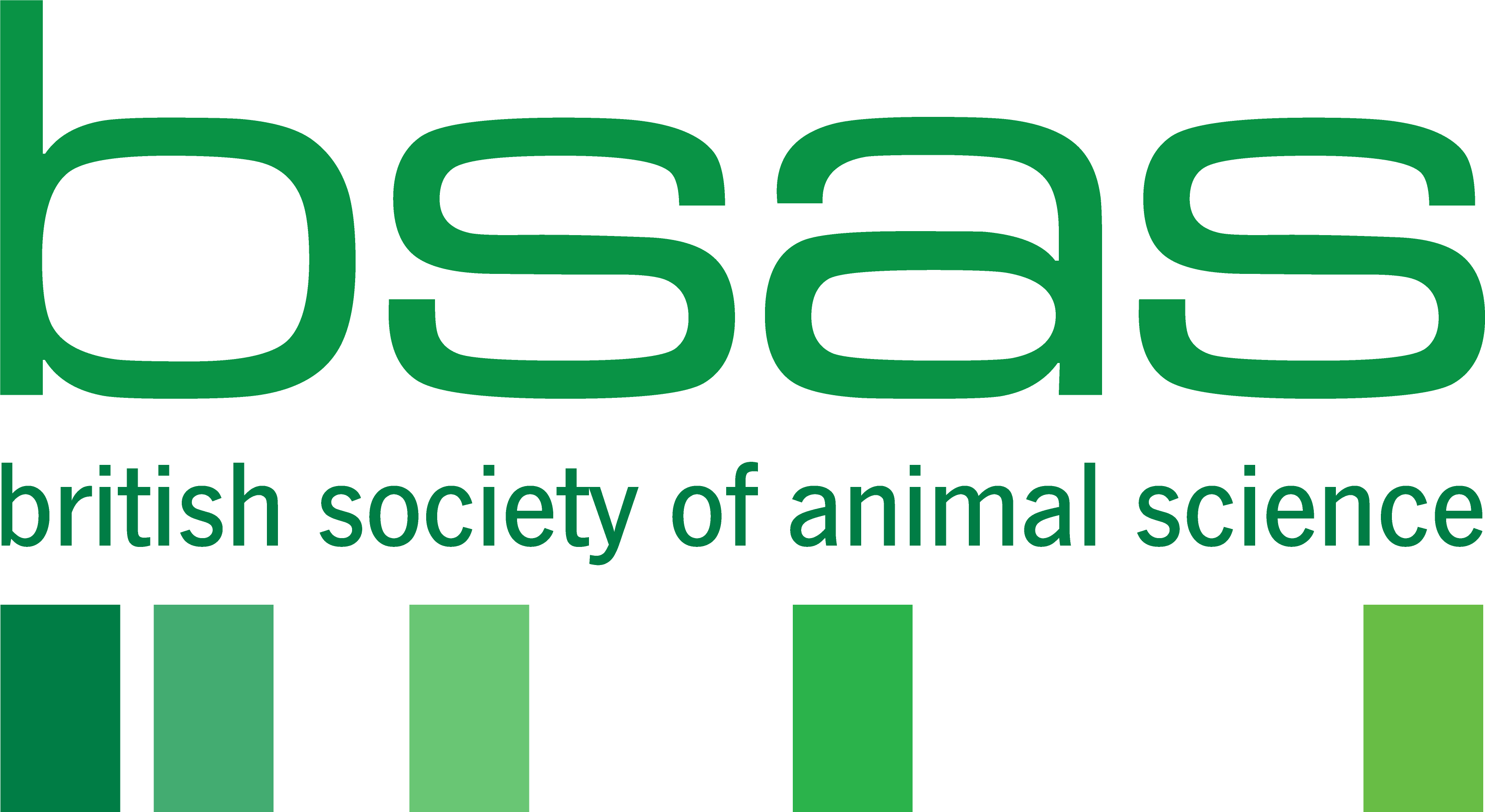Can Behaviour be used as a Predictor of Temperament and Microbial Biodiversity of the Rumen in Beef Cattle?
By George Peart
Take home message: cattle temperament scoring can be used to predict behavioural response to isolation.
“The rumen microbiome can be affected by diet, antibiotic use, and the overall health of the host animal." (Deng. et al, 2017). Furthermore, stress has been found to be another causative factor in changes within rumen microbial populations: A 2017 study by Deng. et al. suggested that bacterial populations of P. ruminicola and B. Prevotella significantly decreased while R. amylophilus significantly increased, following transportation. These fluctuations tie in with increased cortisol and ACTH levels within the transported animals, suggesting the effects of stress on the rumen microbiome need further investigation.
This study examined links between observed behaviour in finishing steers exposed to a stressor (held in isolation) and subsequent changes to the biodiversity of the rumen microbiome. Rumen liquid samples were taken prior to exposure to any stress treatments during a baseline period. Temperament was also evaluated using a subjective scoring method of docility whilst in a crush. This was scored from 1-6 with 1 describing calm individuals offering no resistance and 6 describing dangerous animals continually shaking the crush. Flight speed was also measured for each animal as the velocity at which they exited the crush (measured over a set distance).
During the eight-week stress period, the behaviour observations were carried out over ten-minute periods in which animals were isolated from pen-mates. An ethogram recorded pacing, interaction with pen perimeter, vocalisation, reaction to novel object, inquisitiveness, and escape attempts. Furthermore, additional rumen liquid samples were taken within this stress period to ascertain variability between rumen microbial populations when exposed to a stressor.
No significant effects were found which related to the isolation behaviours and the biodiversity of the rumen microbiome either before or during the stress period. However, there were significant associations between temperament scores and behaviour in isolation. Pacing behaviour, vocalisation and escape attempts were all positively associated with the crush score with p values of 0.037, 0.006, and 0.023 respectively. Two negative associations were observed between:
perimeter interactions whilst stationery and crush score (p=0.049)
reaction to novel objects and flight speed (p=0.035)
Whilst no links were found between microbial diversity and behaviour displayed in response to stressors, this trial sets a strong precedent for enhancing temperament and docility scoring methodology for beef cattle. Otterman et. al 2013 found docility between Angus heifers to have a heritability score of 0.22, suggesting possibility for genetic selection and improvement. Today, many cattle breed societies offer EBVs for docility. In some cases, these are calculated using open pen methods which involve holding a young animal within the corner of a pen using a herdsperson. The behavioural response to this is then recorded. This research offers a different method of docility assessment which keeps cow and herdsperson within a much safer environment. Furthermore, the use of camera recording equipment and ethograms are another alternative which could be commercialized to enhance docility assessment and estimated breeding value accuracy.
This was challenging research which required the integration of ruminant nutrition, behaviour, microbiology, endocrinology and genetics. The hypotheses which were posed also demanded numerous data collection methods within a short window of time. Nevertheless, Charlotte Smyth’s trial methodology clearly justifies the data collection steps and shows an in-depth understanding of each of the research areas. The statistical analyses and discussion around trial limitations were great strengths. Congratulations Charlotte!
